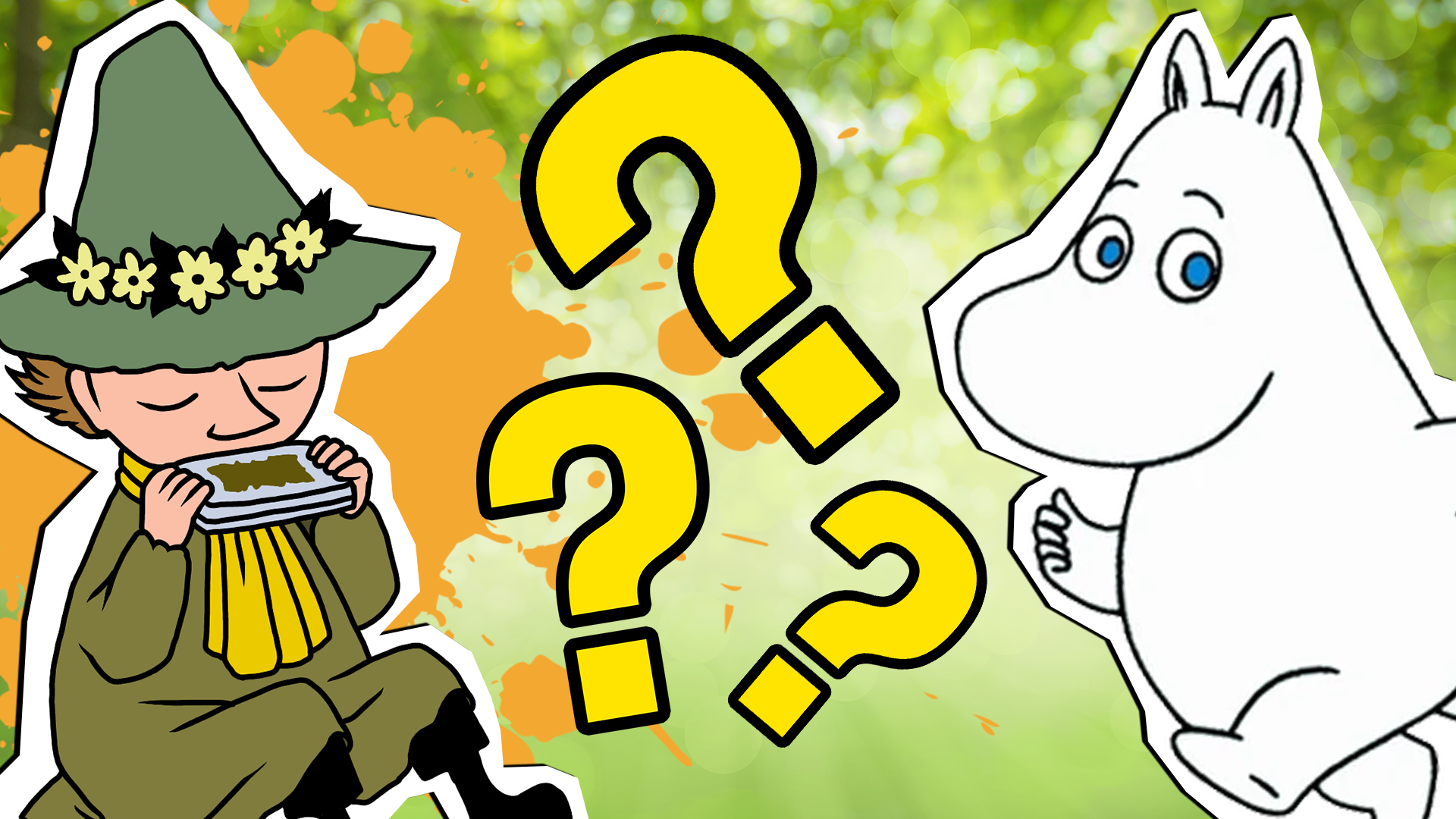15 Astonishing Facts About Japanese Culture!
Are you fascinated by Japan? Do you want to know more about the Land of the Rising Sun? These amazing cultural facts might just surprise you!
Japan might be where your favourite cartoon, manga or popstar comes from, but there's so much more to Japanese culture than you might think! Japan (called Nihon in Japanese) is an island nation in East Asia about 1.6 times bigger than the UK, close to the Korean peninsula and Eastern China. It's made up of four big islands and thousands of tiny ones, with loads of mountains and a climate ranging from cold and snowy in the north, to tropical in the southern islands. Japanese culture is ancient and fascinating - and you're about to learn all about it!
Need more Japanese content? We can help! Learn all about sushi right here, and then why not have a go at our Japanese culture quiz? You're bound to ace it!
1. Japanese has three alphabets!
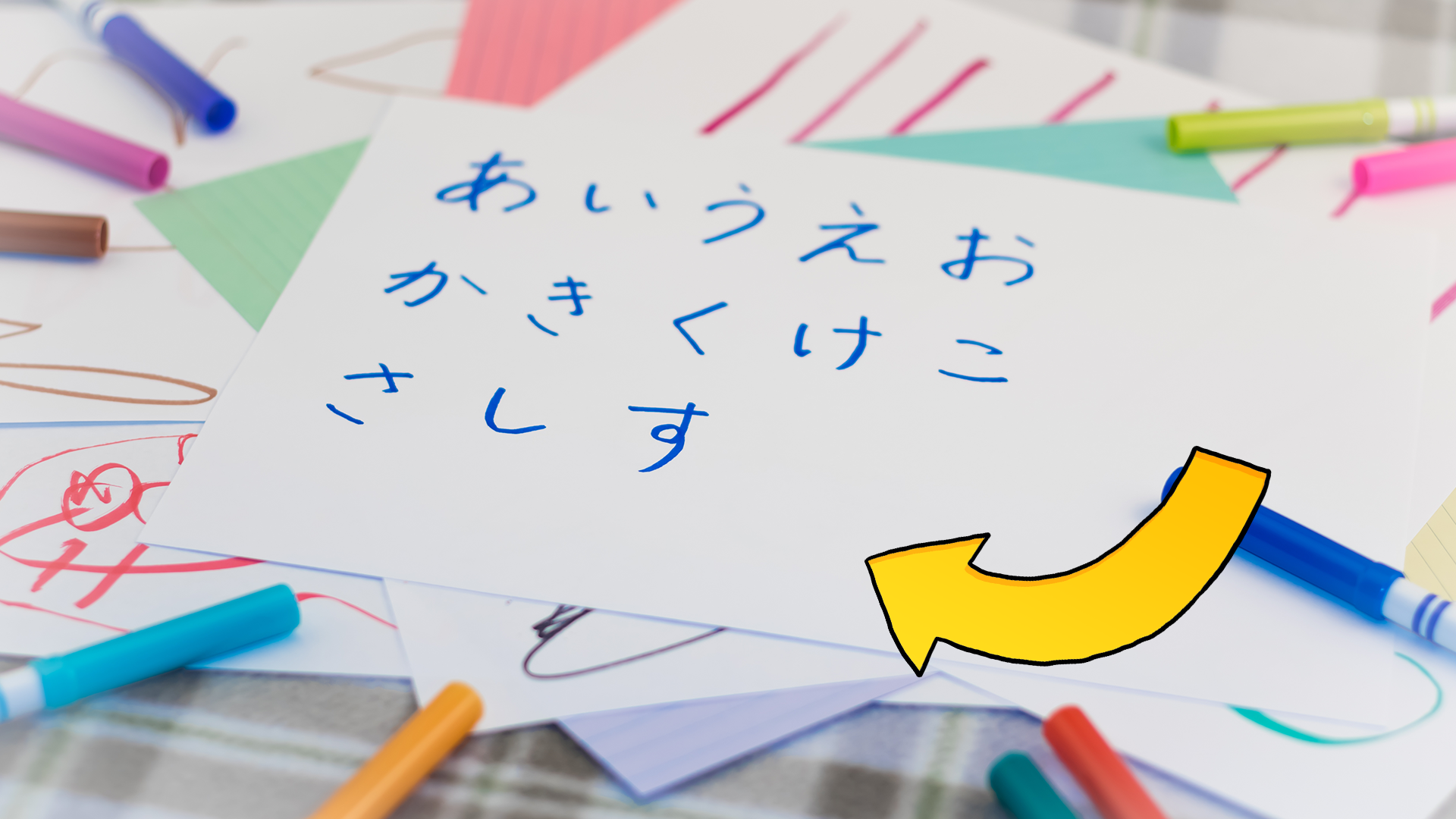
Remember learning the alphabet at school? Imagine having to do that three times! Japanese uses three scripts for its writing system: hiragana, katakana, and kanji. Kanji uses the same characters as Chinese languages - though they mean the same thing, they are usually pronounced differently. There are more than 40,000 kanji characters in Japanese, though you don't learn them all at once - that would be a bit like having to learn every single word in existence in Primary One! Most people learn as they grow up. You'll need to know about 2,000 characters if you want to read most Japanese newspapers and books. They don't work the same as letters in the English alphabet - each kanji represents an idea, not a single letter. Hiragana and katakana are a bit easier to learn, and they both have 48 characters.
Hiragana and katakana represent sounds, not letters or ideas. Katakana is often used to spell non-Japanese words and names, so if you take Japanese classes, one of the first things you'll learn is how to write your name in katakana! Japanese is also traditionally written top-to-bottom and back to front. Though most books and magazines print the text side-to-side like English, you still have to start at the back of the book and read in the opposite direction to what you're used to!
2. Christmas is a bit different
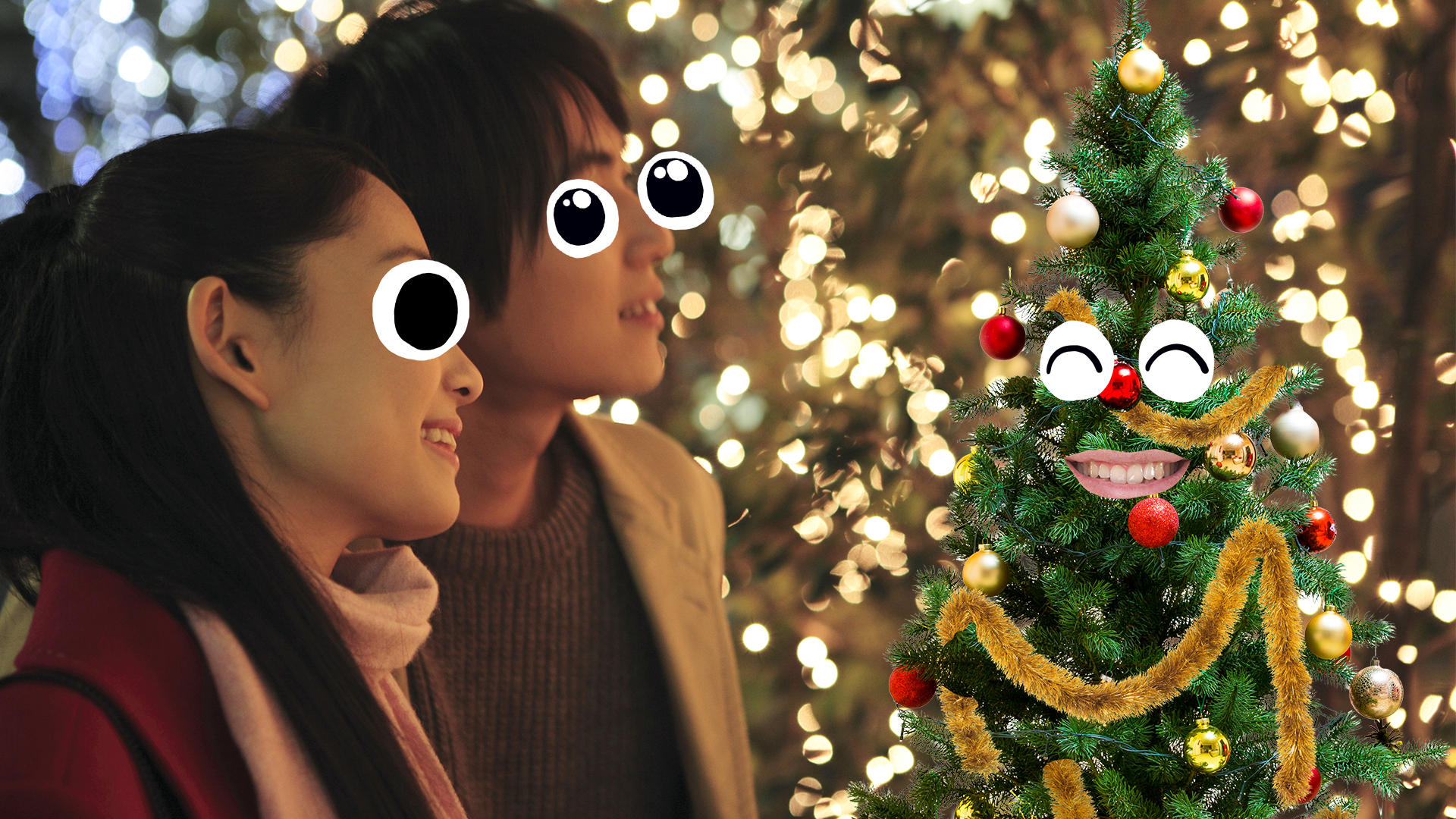
Christmas is celebrated in Japan, but not in the same way we celebrate it! Only about 2% of the population are Christian, so it's more like a novelty holiday than a religious one. Christmas trees and pretty lights are put up, but most people have to go to work or school on Christmas Day, and Japanese Christmas dinner isn't turkey and sprouts - it's KFC! Christmas Eve is a bigger occasion than Christmas Day, and it's a romantic event rather than a family one. On Christmas Eve, couples will go out for fancy dinners and give each other gifts.
3. It's a train lover's paradise
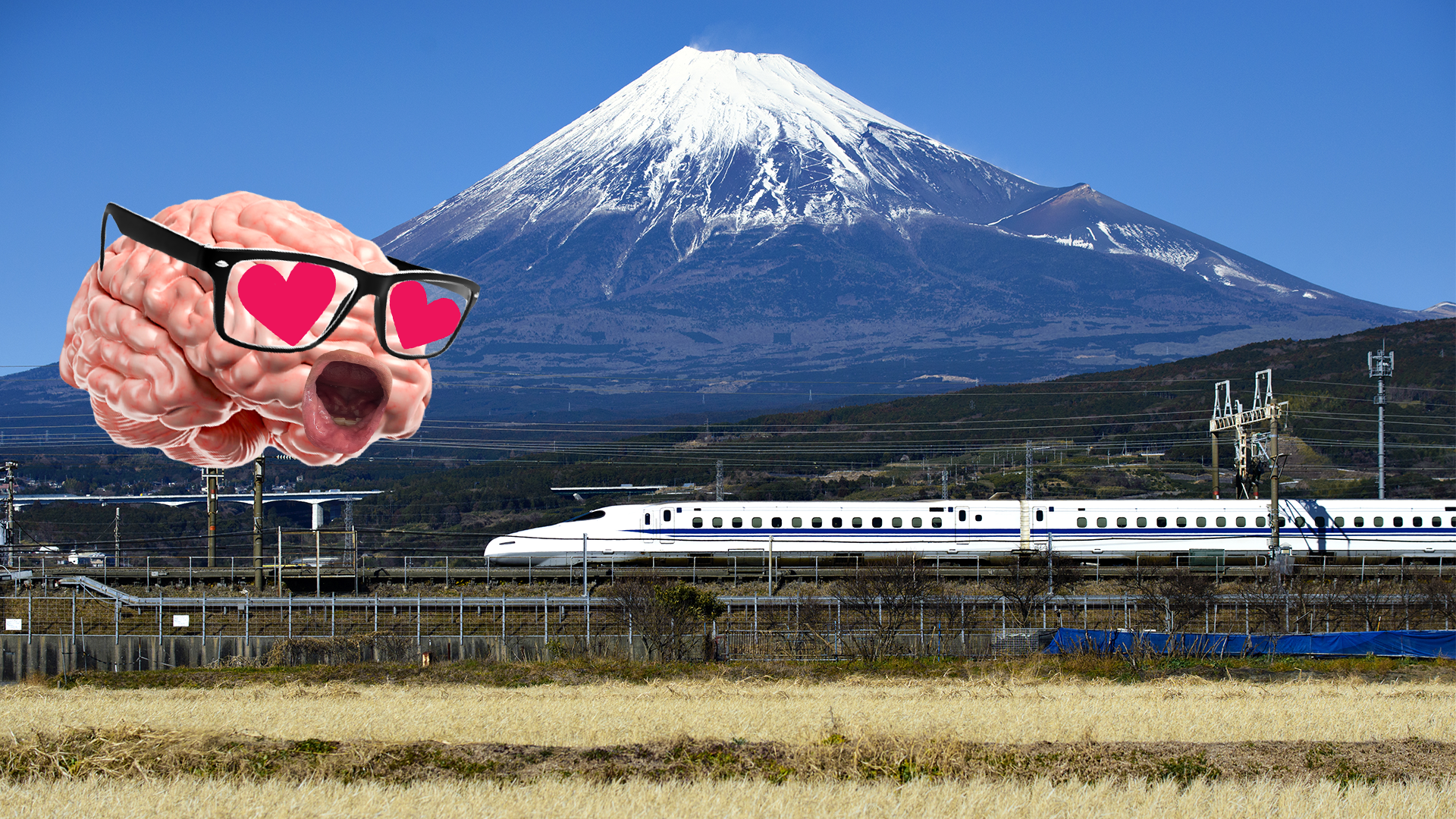
If you love trains, a trip to Japan should be high on your to-do list! Japan is one of the best countries to explore by rail, because it's well-connected by high-speed trains that are famous for always being clean and on time. The Shinkansen (also known as the Bullet Train) is the fastest train in the world, reaching 362km per hour! It's so cool, it's like a tourist attraction all by itself! You can travel all around the country using one ticket, the Japan Rail Pass. And if you like trains but hate train food, you can also get a special meal, called an ekiben, to eat on the train - it's a bento box packed with delicious, freshly made food.
There is some train etiquette you need to remember, though. Firstly, Japanese trains are usually very quiet - if you must talk, do it quietly, and no loud phone calls or playing music without headphones! To get on the train you have to line up on the platform at the designated lines, and NEVER leave rubbish on the train!
4. They're also a nation of bike lovers!
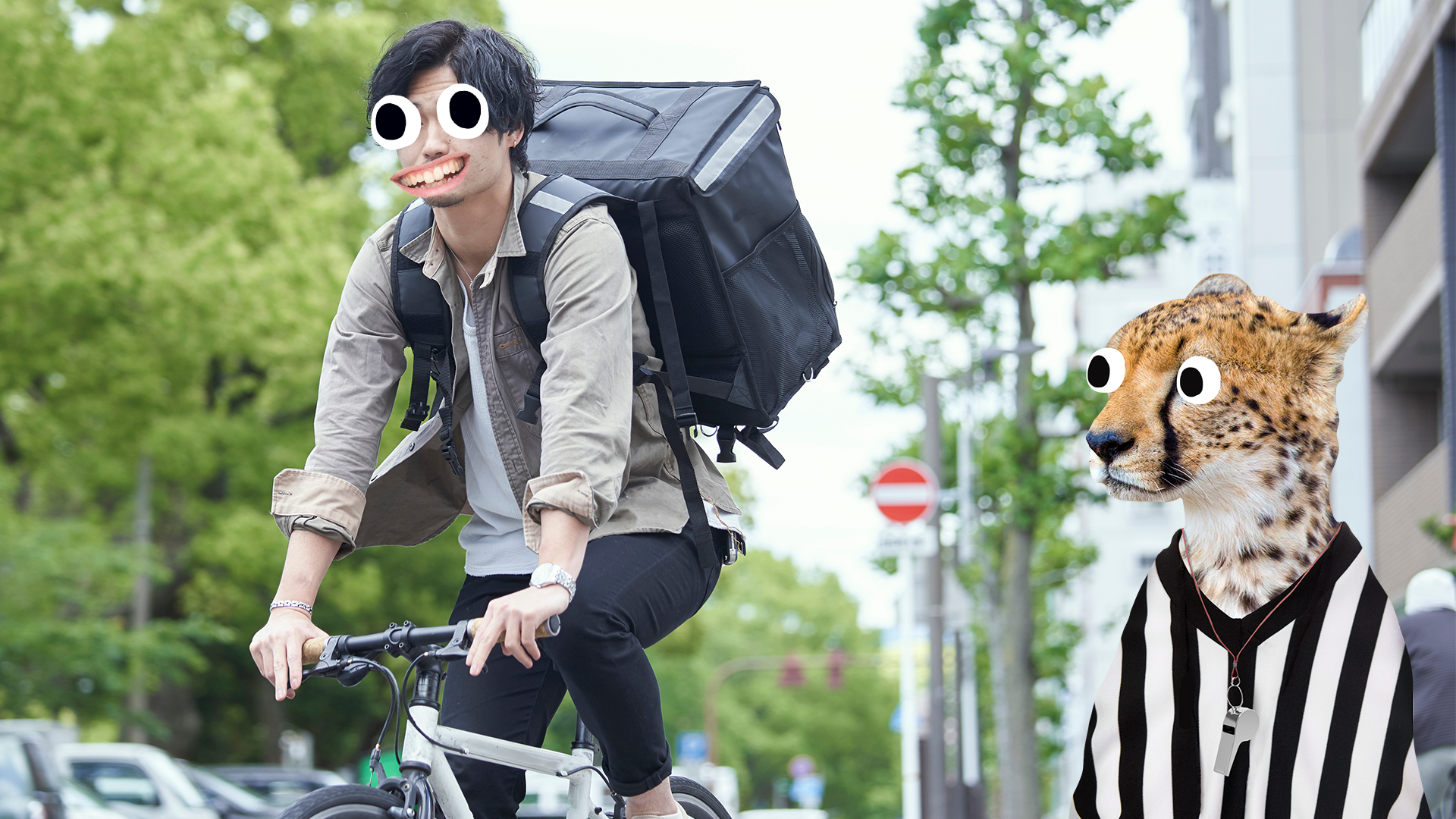
Do you like trains AND bikes? Your holiday just got even better! Japan is a nation of cyclists - Tokyo is the most bicycle-dense city in the world, and there are an estimated 100 million cyclists in Japan! This is because most people live close to everything important (school, shops, the doctor, the sports centre, the train station), and so travelling by bike is the best way to go. The most popular bike in Japan is the mamachari, which means "mum's bicycle." It's a city bike that lets you haul groceries and small children around easily, but lots of people use them, including students with lots of books and businessmen with briefcases!
5. The food is SO good

You might have tried Japanese food, so you'll already know it's more than just sushi! Some of the most popular dishes are ramen (a yummy noodle-based dish), okonomiyaki (a savoury pancake), tempura (vegetables and seafood fried in batter), and gyōza (Japanese dumplings). Most of these contain a mixture of fresh vegetables, delicious sauces, and protein (meat, fish or tofu) depending on the time of year and the region you're in. Japan is a foodie's dream, so if you visit try everything!
A fun piece of trivia about Japanese food: it's considered rude to eat or drink while you're walking! In the UK you'll see people sipping coffee or eating crisps as they walk, but not so much in Japan! It's also considered polite to slurp on your noodles as you eat them - it's a compliment to the chef, and lets you enjoy them while they're hot! You should also say "Itadakimasu!" before you eat - it means "I humbly receive", and shows that you appreciate the meal!
6. You can experience traditional Japanese life
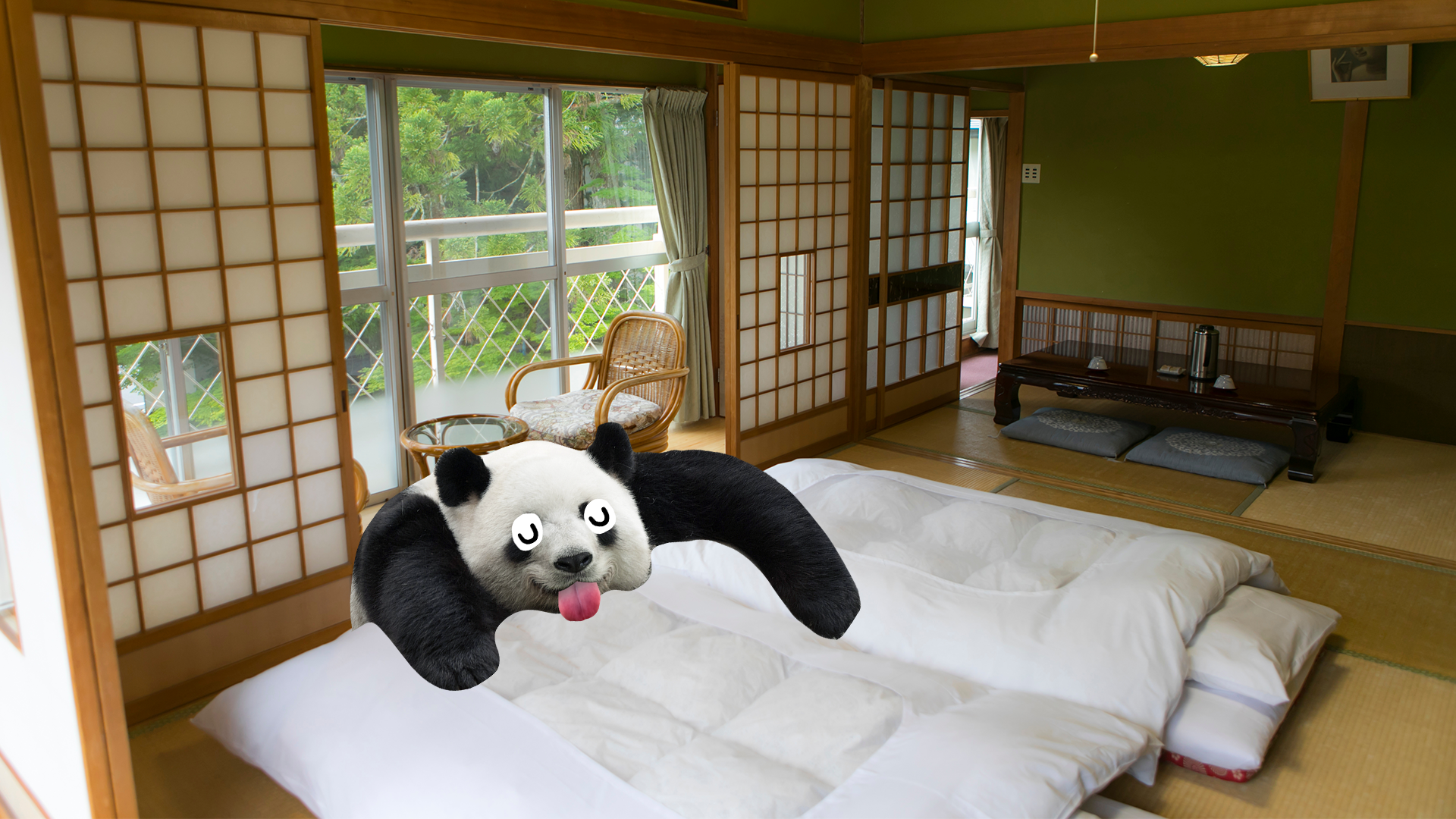
Japan is as famous for its traditional culture as it is for anime and video games. One of Japan's cultural symbols is the geisha: distinctive-looking women who are traditional entertainers. Geisha entertain guests at special events and tea ceremonies, and they will sing, dance, play instruments and lead the traditional tea ceremony. It takes a LOT of training to become a geisha - around five years in an apprenticeship - and the daily make-up and hair routine is pretty intense! Seeing an authentic geisha performance is pretty expensive, and if you're a tourist you'll probably see a maiko (an apprentice geisha).
You can experience old Japan in other ways, though. One is to go to a ryokan, which is a traditional Japanese inn. Ryokan are built in the old architectural style of Japan, with tatami mats on the floor and sliding doors made from wood and paper. During your stay you'll sleep on a futon (a soft mattress and duvet laid on the floor at night, and put away during the day), and you'll be served a traditional Japanese breakfast and dinner in your room. The oldest ryokan is the Hōshi Ryokan, and it's been open since 708 AD!
7. Manners are important
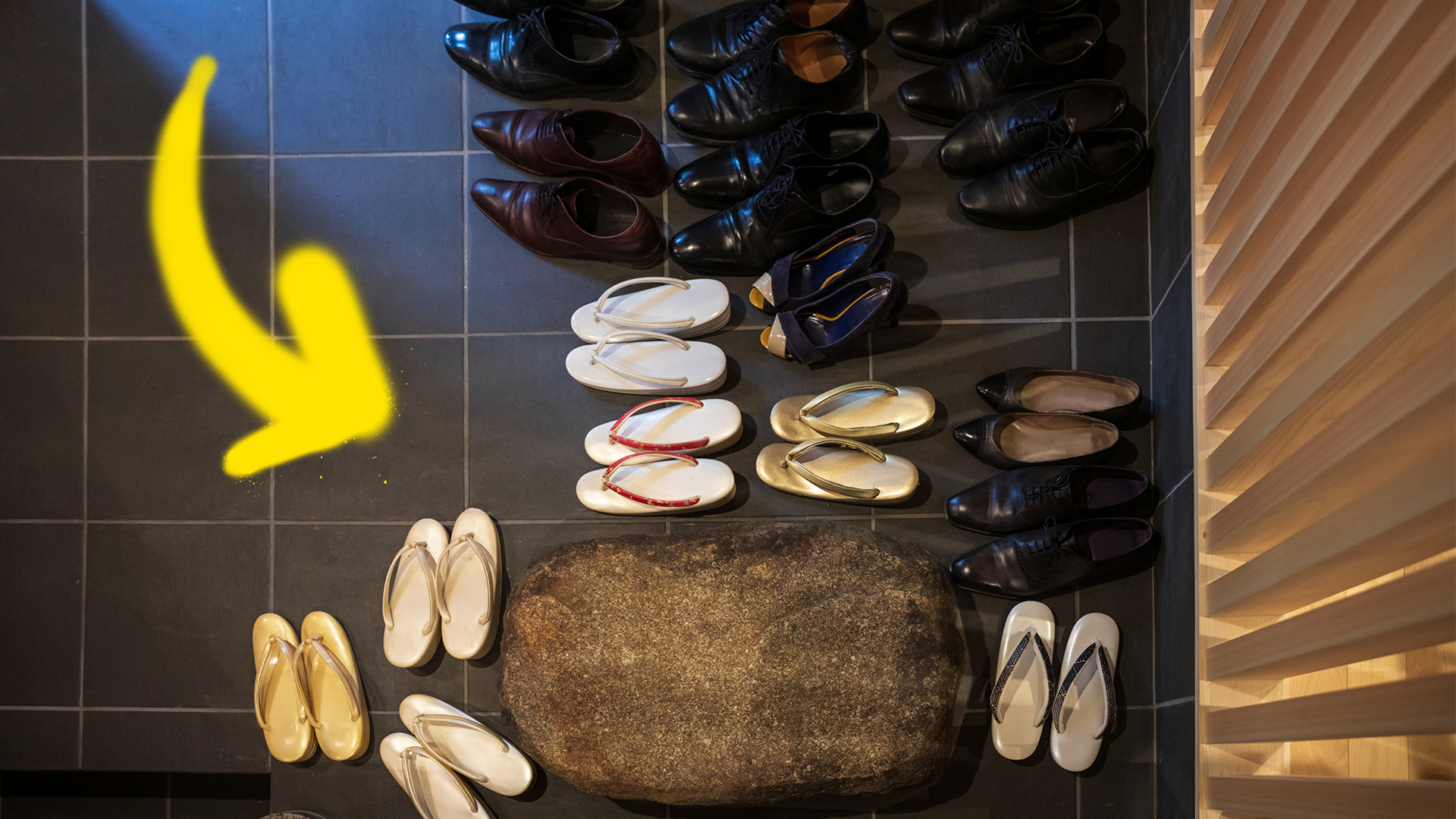
You might have picked up from some of our earlier facts, but Japan is a country where manners matter! One huge rule is that you need to take your shoes off in private spaces - no exceptions! It is very rude to enter someone else's home with your shoes on, even if you do it in your own home all the time. Taking off your shoes shows that you care about keeping the space clean, and that you respect your host. You also have to take your shoes off in temples, ryokans and guesthouses, and in some restaurants. If you decide to try on clothes in a shop, you will also have to take your shoes off before entering the changing area!
Another piece of etiquette is bowing. Japanese people bow when they say hello, nice to meet you, goodbye, sorry, and lots of other things. When you enter a shop, the assistants will bow and say "Irasshaimase!" It's polite to bow back, but don't worry too much - they will want to have the last bow, because you're the customer. You don't want to get stuck in an endless bowing loop!
You will also notice that Japanese people address each other and foreigners by adding -san to the end of their name - if you meet a Mrs. Tanaka, you would call her Tanaka-san. This is another sign of respect, and there are different titles for different people. A teacher is called -sensei, a small child might be called -chan, and if you're showing very deep respect you would call someone -sama.
8. They love flowers
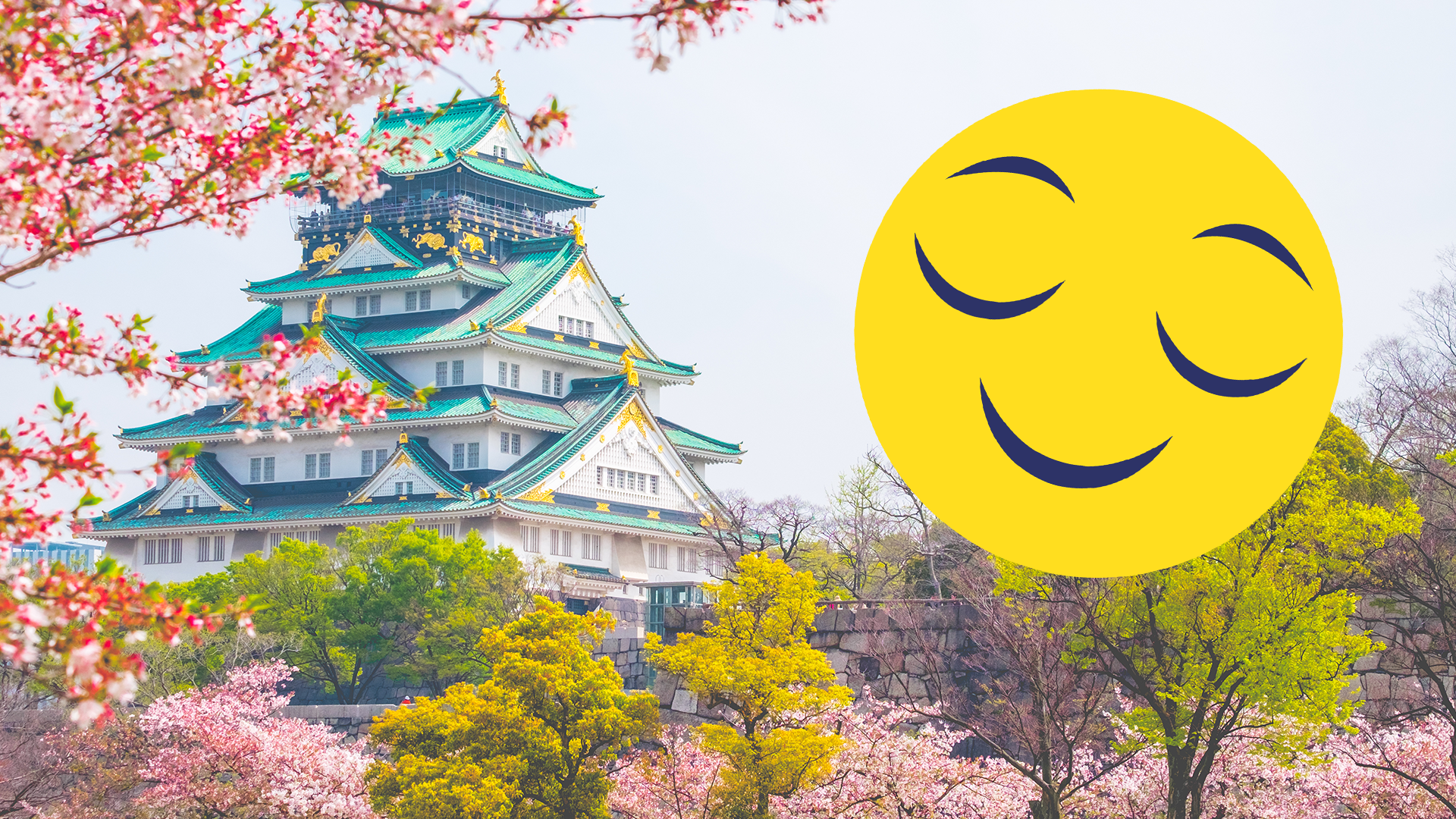
Another traditional Japanese art is ikebana, which is traditional flower arranging - but something a bit more accessible is the yearly celebration of cherry blossom! Cherry blossom is called sakura in Japanese, and when it blooms in the springtime it's REALLY beautiful! Parties where people gather to look at the blossom are called hanami, and it has a deep cultural significance. Cherry blossom is a symbol of temporary beauty, because it doesn't stay for very long and it's important to appreciate it while it's there.
9. And baths!
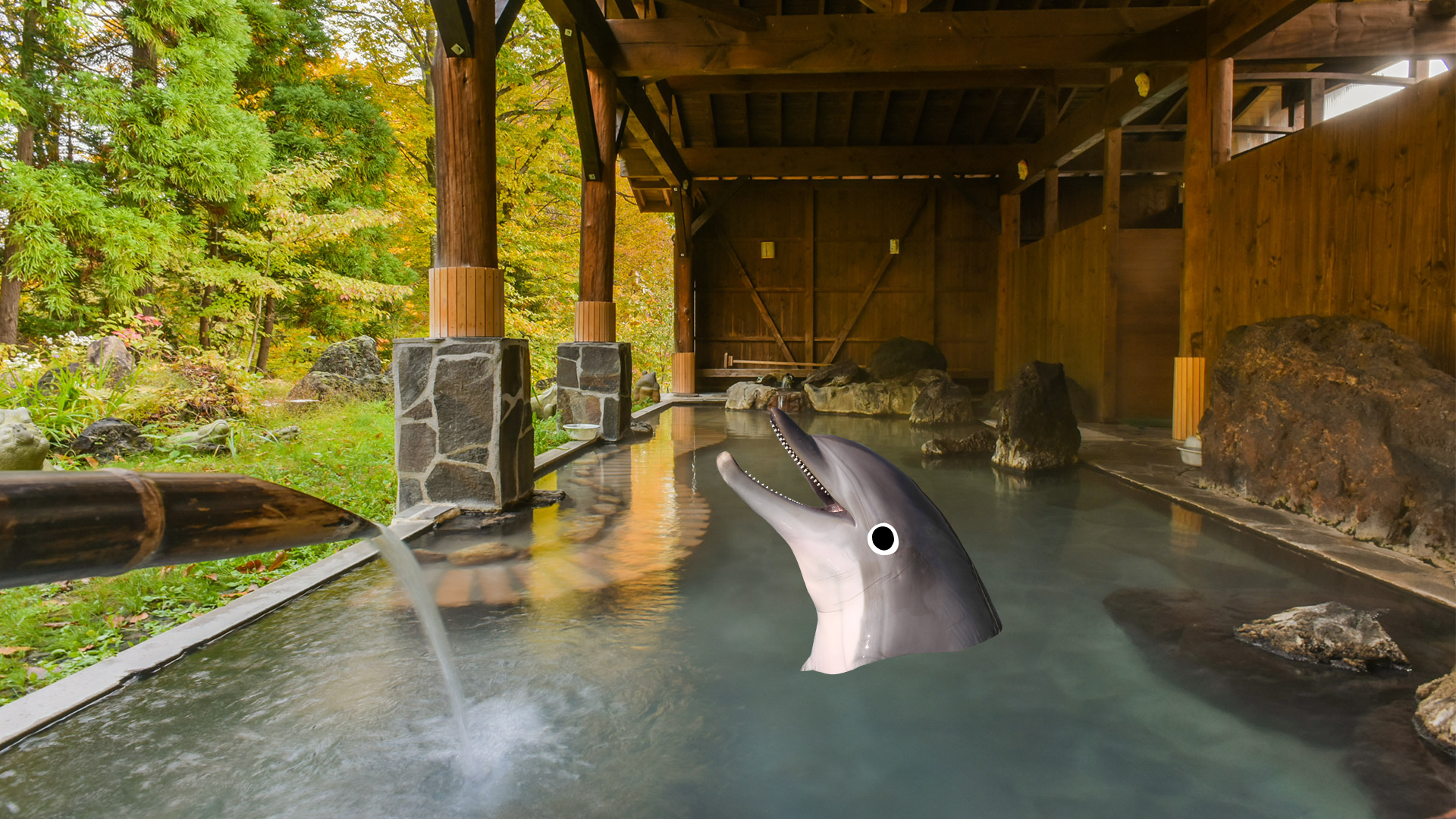
Japan has a very ancient bathing culture. It's home to a lot of natural hot springs, called onsen, and many ryokan were built around these springs so that guests could enjoy a hot bath as part of their visit. Onsen are shared baths, so it's normal to get into one with total strangers! There's a lot of etiquette around onsen - you mustn't use soap or shampoo in the shared bath, and you have to wash yourself thoroughly before you get in, just like at the swimming pool. Onsen bathing is popular with tourists and locals, and it's very relaxing! Some onsen are separated by gender and others are mixed. Some also don't allow people with tattoos in, as tattoos are often associated with criminals in Japan (though that's changing).
10. Cuteness is highly valued
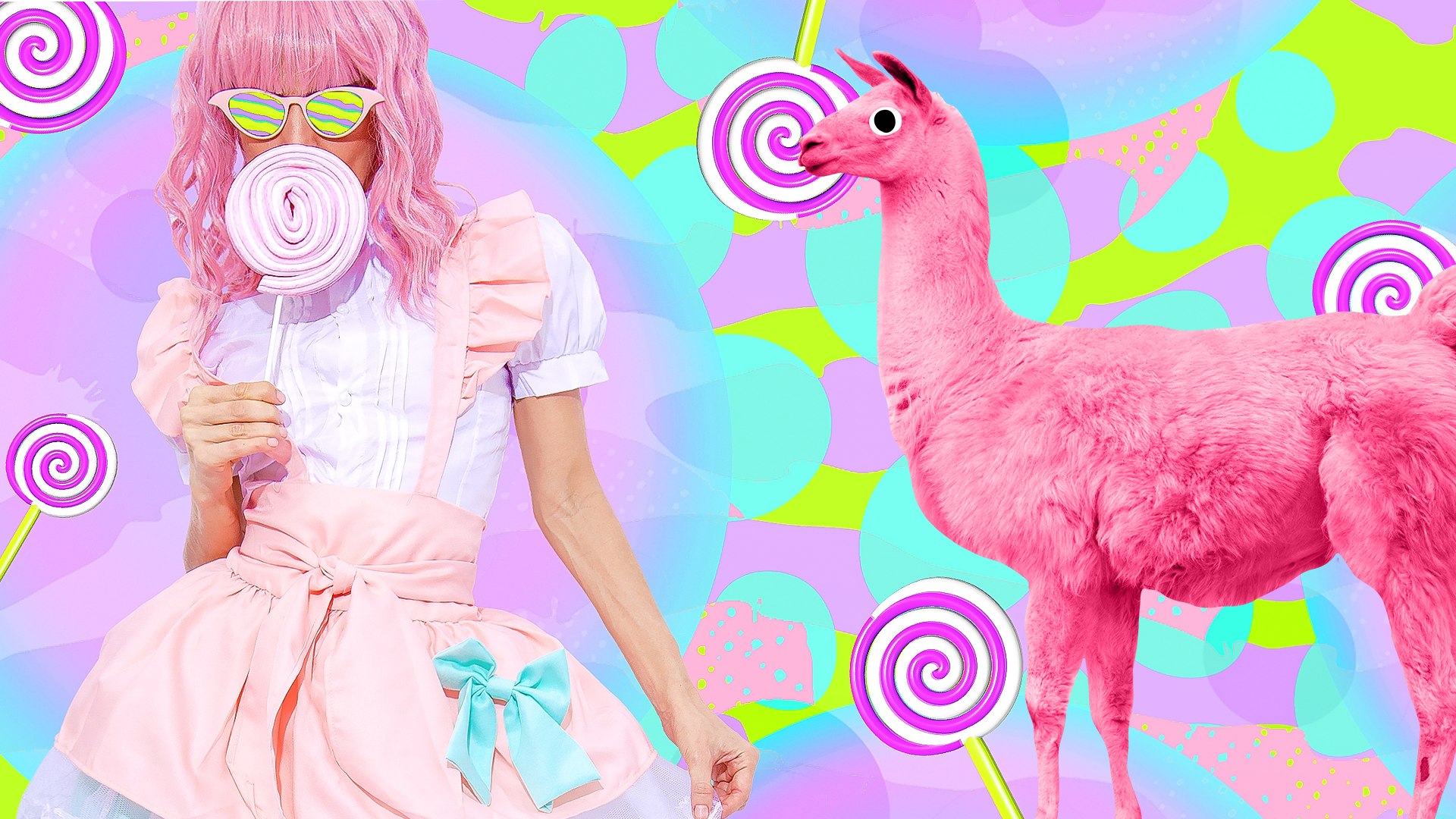
You already know this if you're a Japanese pop culture fan, but cute is king is Japan! Kawaii is Japanese for cute, and it became a big thing in pop culture in the 1970s. Schoolgirls started a trend of writing in cute fonts using mechanical pencils, and added stars, hearts and emoticons to the writing. Some schools banned this, but magazines started using the aesthetic and it became popular! An icon of cute was born in 1974, when Hello Kitty made her debut! Kawaii culture is visible in movies, anime, manga, music, fashion and art - and it's not just for kids!
11. They love mascots!

Speaking of cute, Japan has embraced it with their mascot culture! You might have seen people in mascot costumes at big events (and of course, theme parks), but Japan takes it to the next level. Yura-chara are mascot characters that represent anything from a city, to a company, to an event, to anything you can think of! One of the most popular is Kumamon, a bear who represents the Kumamoto Prefecture. He's worth billions and has a YouTube channel! There's even a Mascot School in Tokyo, where performers can learn how to be the best mascot they can!
Another famous mascot is not a costume, but a real animal - Tama the cat! In 2004 Tama was adopted by Kishi Station as their mascot. She was given the official title of Station Master, along with her own office, uniform and a train car themed after her. Tama sadly passed away in 2015, but she was succeeded by Nitama ("Tama 2"), and there are more cats in training to eventually become the new station master!
12. There are several religions
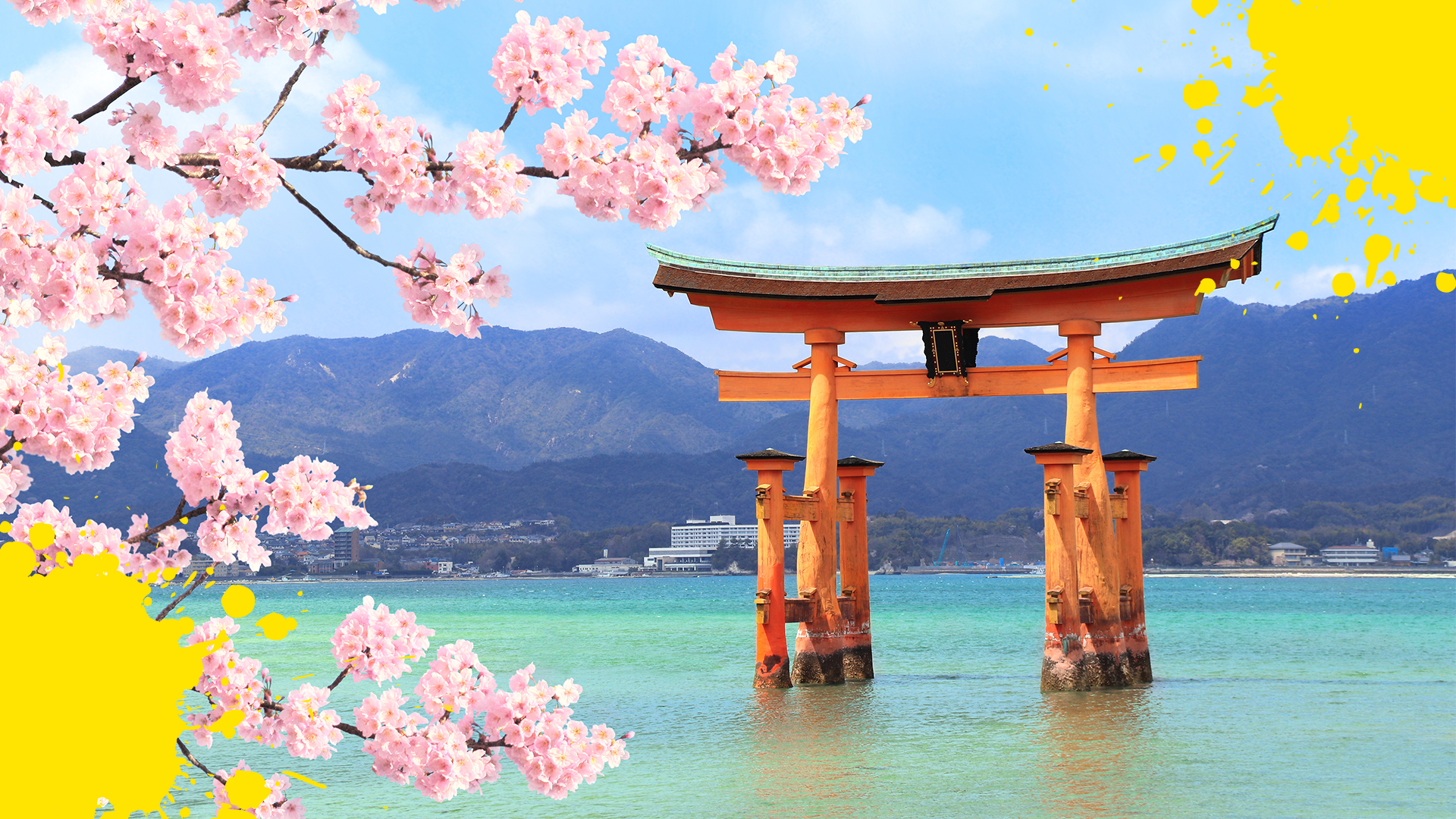
The most practised religions in Japan are Buddhism and Shinto. Buddhism began in India and arrived in Japan via trade routes, passing through China and Korea first. Shinto is the indigenous religion of Japan. It teaches that spirits (called kami) exist in everything in nature - so, a tree or a river will have its own kami. Many people attend Buddhist temples and Shinto shrines, and some have shrines in their homes. Weddings are traditionally Shinto, while funerals are usually Buddhist. There are some Christians in Japan, but it isn't as popular as Shinto or Buddhism. Japan used to be closed off to the rest of the world, and Christianity was even banned for a short period.
13. Japanese mythology is awesome
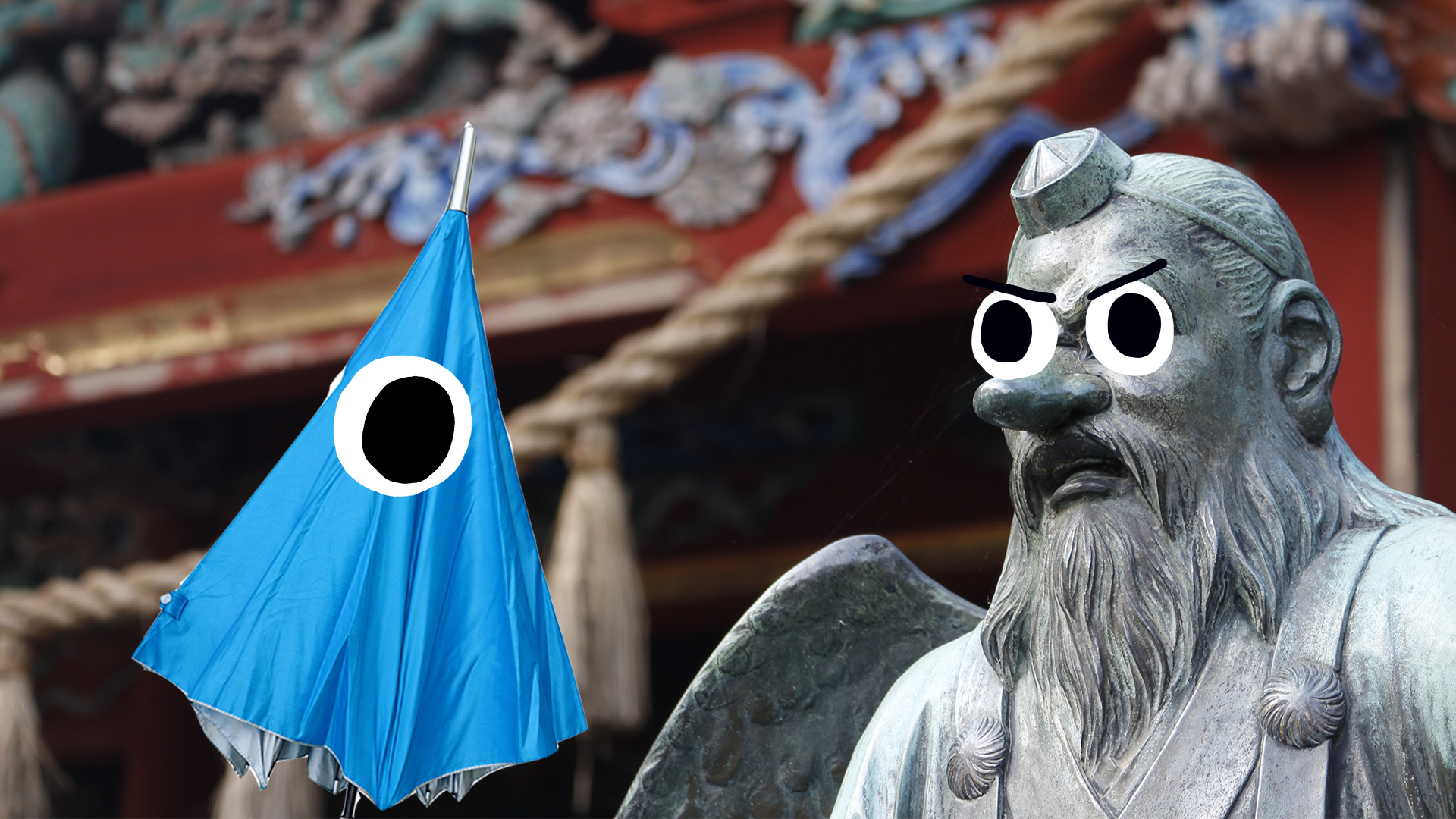
If you love playing Roblox: The Mimic, you've already had an introduction to some of the scariest monsters in Japanese mythology and urban legends, but there are even more! Japanese mythology has some of the coolest, creepiest and funniest creatures in any culture! Some of our favourites are tanuki, a shapeshifting raccoon dog; kappa, water demons that are part-monkey, part turtle; and kitsune, magical foxes that can have nine tails! There's also a very distinctive kind of creature called tsukumogami, which are everyday items that have taken on a kami and become sentient. They can be benign, mischievous or even evil. One bizarre tsukumogami is the kasa-obake ("umbrella spirit"). When an umbrella is a hundred years old, it turns into a hopping spirit with one leg and one eye!
14. It can be dangerous
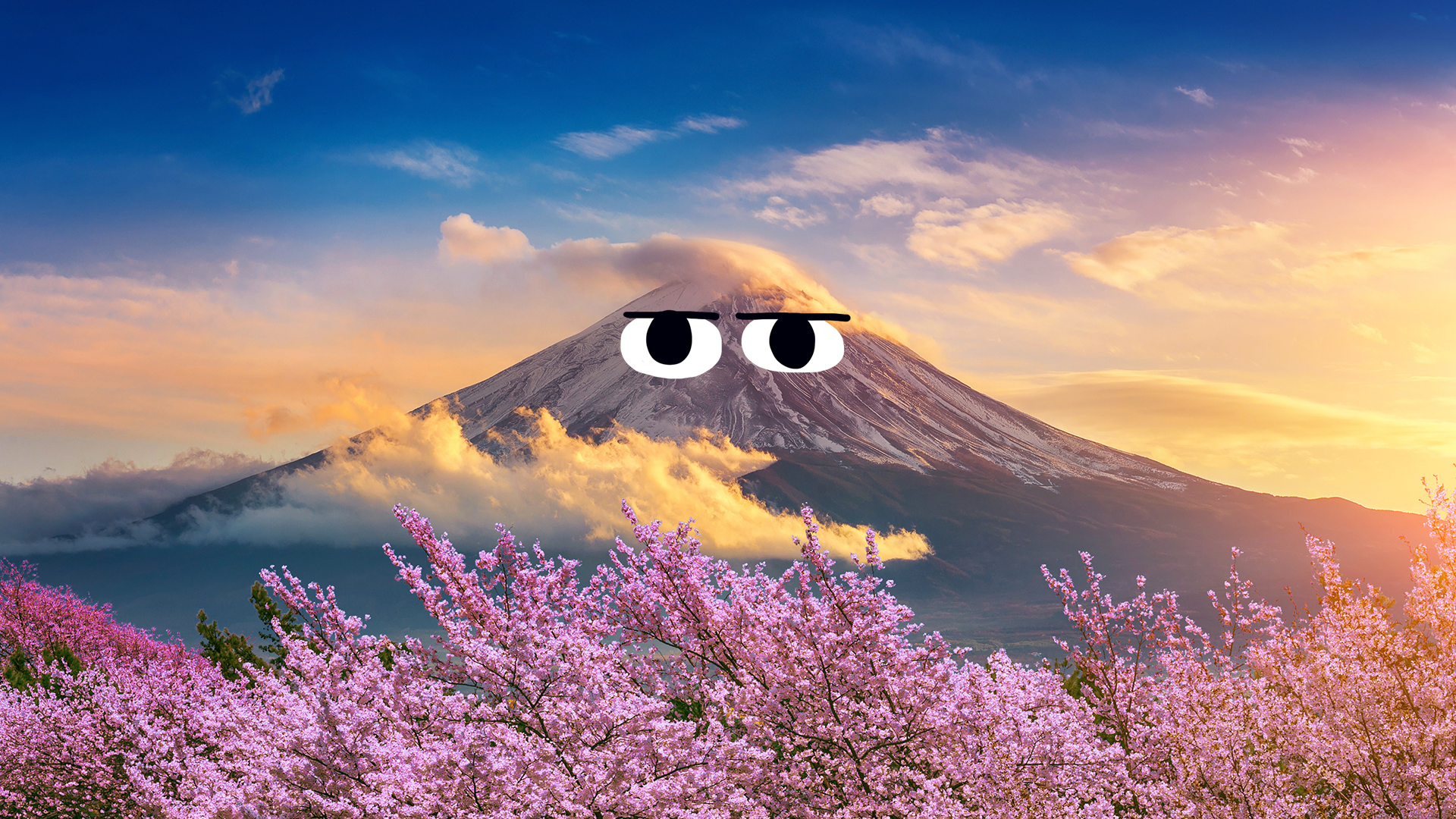
If you visit Japan, you need to be aware of natural disasters! Japan is on the "ring of fire", which is a region around the rim of the Pacific Ocean where there are a lot of volcanoes and earthquakes. Japan is also prone to tsunamis and typhoons. There was a very big earthquake in 2011 that caused a tsunami and a massive nuclear accident in Fukushima. The death toll was almost 20,000 people and about 6,200 injuries. Schoolchildren practice safety drills for natural disasters, and some fire departments have earthquake simulators, which are rooms built to shake like there's an earthquake. You can visit one of these at the Natural History Museum in London!
15. There's a whole day just for kids!
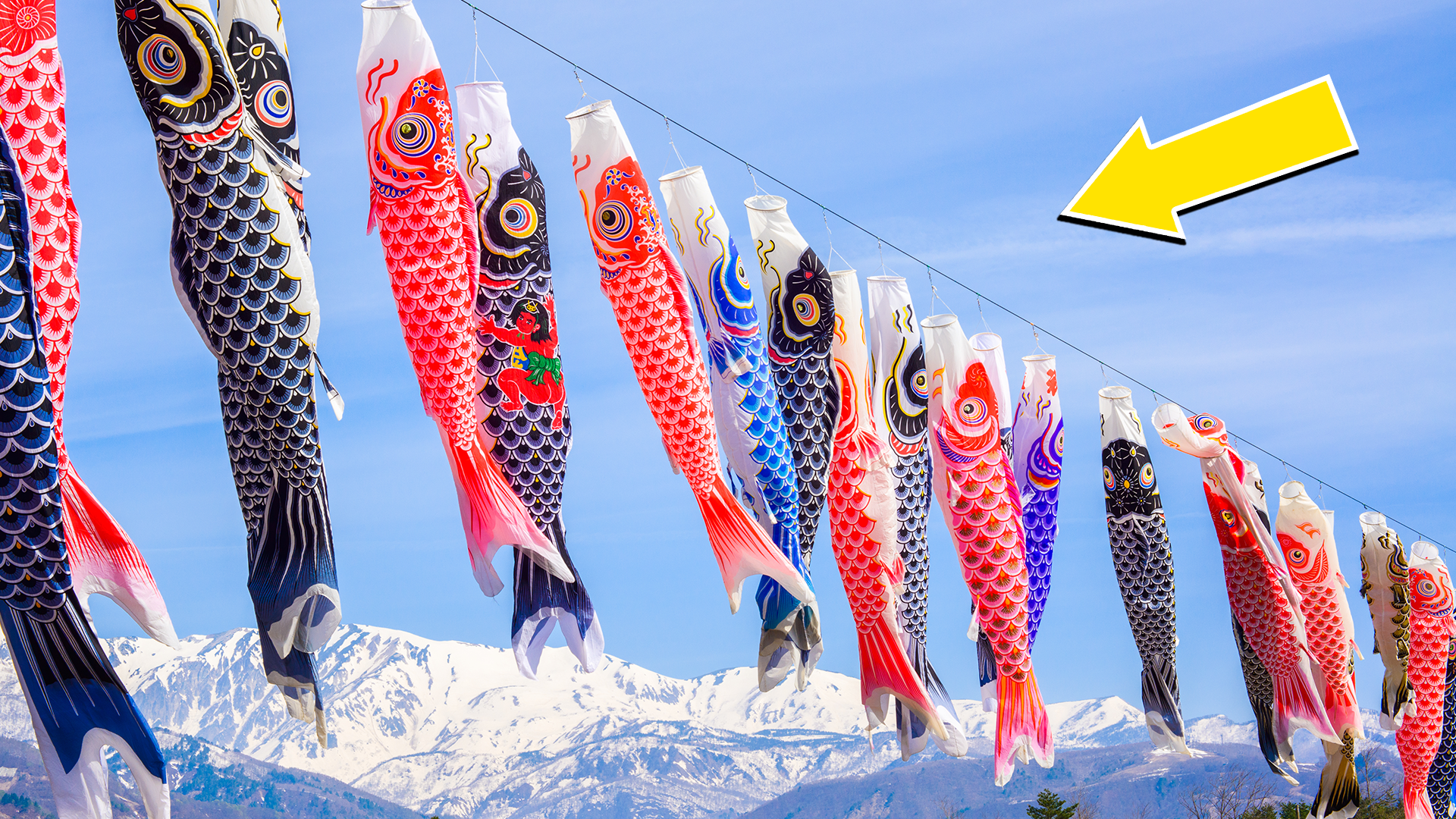
Japan loves a festival (matsuri), and one of the most popular is Children's Day! It's a public holiday every 5th of May, in a week known as Golden Week where there are several national holidays. The day celebrates children's personalities and happiness. It was originally called "Tango no sekku" and was a day for women, but it became a celebration of boys in the 1100s when the samurai became the ruling class. In 1948 it was changed into a festival for all children. A famous custom is to raise koinobori, a windsock shaped like a carp, to represent each member of the family. Dolls and samurai armour are put on display in the house, and sweet mochi and chimaki are eaten!








